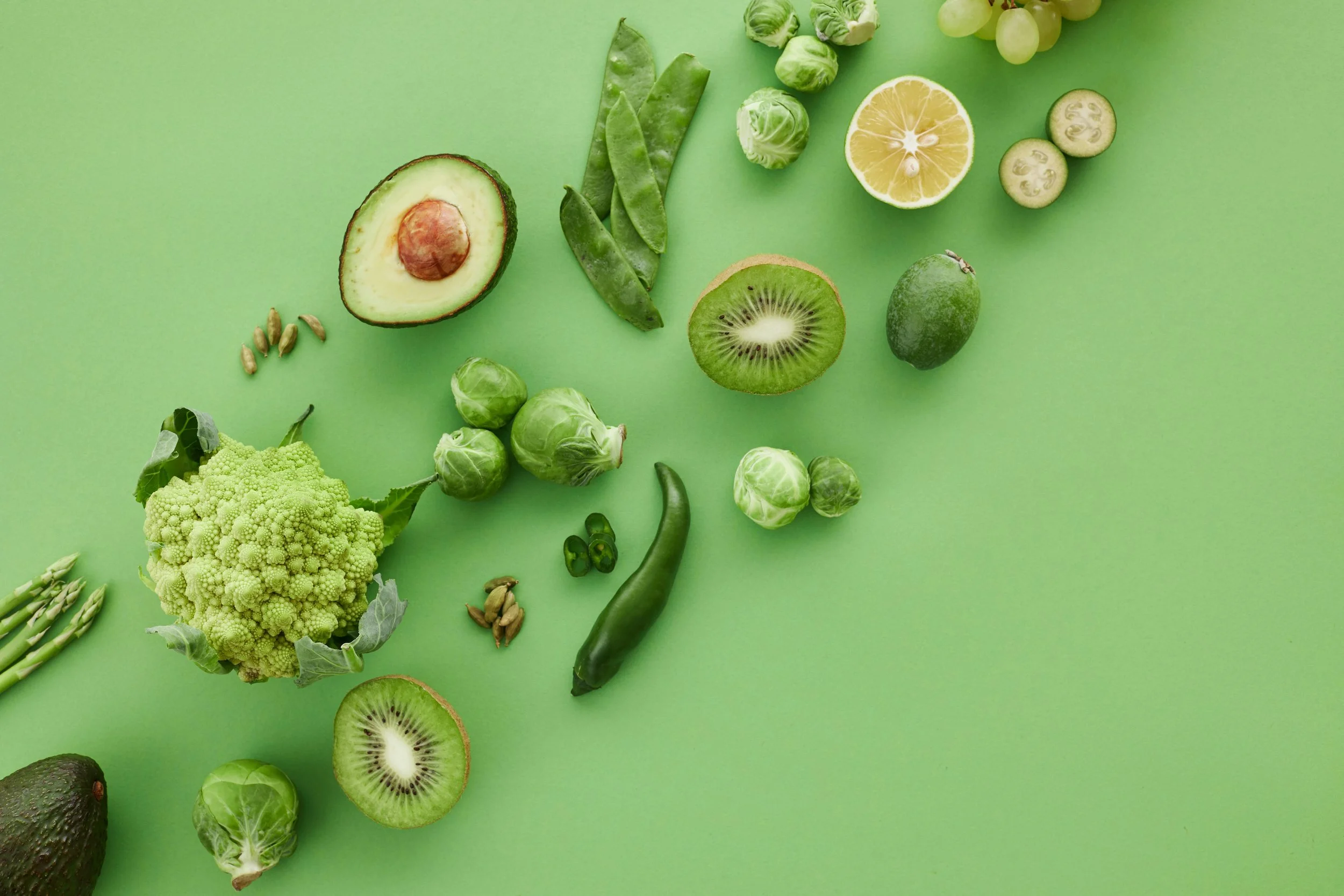While slowly fermented cabbage and pungent garlic are the ingredients most people associate with kimchi, there are dozens and dozens of other versions of Korea’s national dish, featuring all manner of vegetables, such as these quickly pickled cucumbers with just a trace of garlic.
Total Time: 45 minutes
Servings: 6
Ingredients
- 2 pickling cucumbers or other small cucumbers (about 8 ounces)
- 1 teaspoon kosher salt
- 2 cloves garlic, finely chopped
- 2 scallions, white and light green parts only, finely chopped
- 1 1/4-inch piece fresh ginger, peeled and finely chopped
- 2 tablespoons rice vinegar
- 1 tablespoon Korean chile powder (see Note)
- 2 teaspoons sugar
- 1/2 teaspoon fish sauce (see Note)
Preparation
Cut cucumbers in half lengthwise and then crosswise into 1/8-inch-thick half moons. Place in a medium bowl and mix thoroughly with salt. Let stand at room temperature for about 30 minutes. Meanwhile, combine garlic, scallions, ginger, vinegar, chile powder, sugar and fish sauce in a medium nonreactive bowl (see Tip). Drain the cucumbers (discard the liquid). Stir the cucumbers into the vinegar mixture Cover and refrigerate for 12 to 24 hours before serving. Tips & Notes
Notes: Korean chile powder (gochugaru, gochugalu or Korean “crushed red pepper”) is made from thin red peppers that are sun-dried on woven mats or strung together and hung from the eaves of thatch-roofed houses throughout the countryside. Store, airtight, in the refrigerator or freezer indefinitely.
Fish sauce is a pungent Southeast Asian condiment made from salted, fermented fish. Find it in the Asian-food section. Sodium content in fish sauce, is generally high, but may vary. The fish sauce used in this recipe contained 1,190 mg per tablespoon.
Tip: A nonreactive bowl or pan—stainless-steel, enamel-coated or glass—is necessary when cooking with acidic foods, such as vinegar, to prevent the food from reacting with it.













